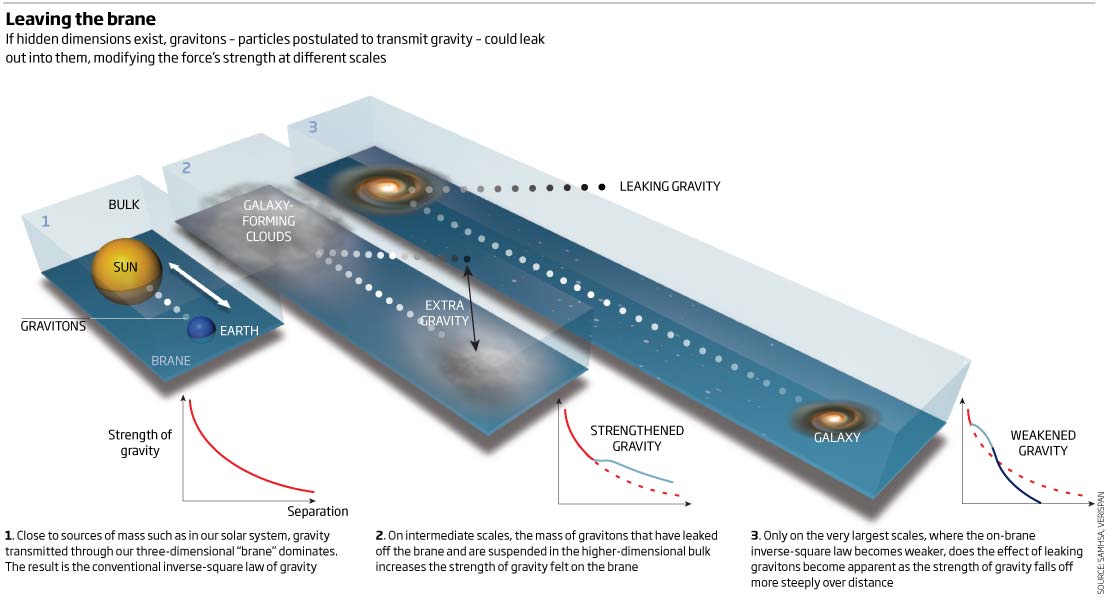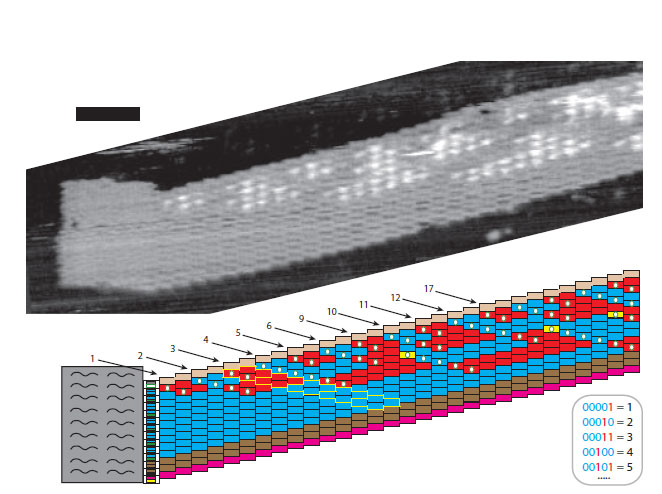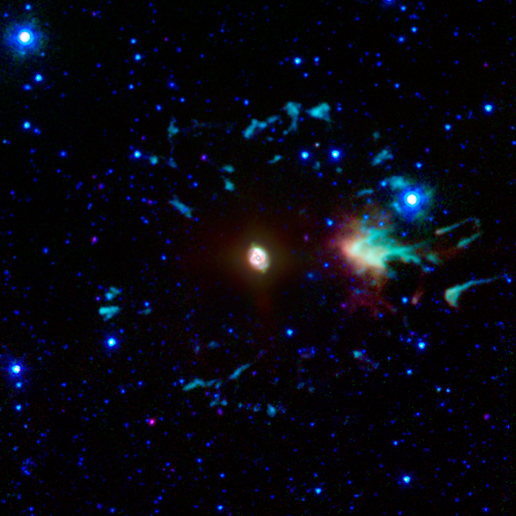
© UnknownIf gravity can sneak into dimensions that are closed to us, it might explain some puzzling cosmic anomalies
There is nothing certain in this world, US founding father Benjamin Franklin once wrote, except death and taxes. As a scientist, he might have added a third inescapable force: gravity, the unseen hand that keeps our feet on the ground.
Gravity is the universal force. Not only does it stop us getting above ourselves, it keeps Earth orbiting around the sun, our sun swinging around the centre of the Milky Way, the Milky Way in a merry dance around its neighbours, and so on upwards. It is actually the weakest of nature's four forces, but whereas the other three - electromagnetism and the strong and weak nuclear forces - unleash their full strength only at the scales of atoms and particles, gravity conserves its power to trump all comers in the cosmos at large. Just take any two things that have mass, and whatever their size, wherever they are, they will feel gravity's grasp in exactly the same way.
Or will they? Justin Khoury, now of the University of Pennsylvania in Philadelphia, and his colleagues Niayesh Afshordi and Ghazal Geshnizjani of the Perimeter Institute for Theoretical Physics in Waterloo, Ontario, are not so sure. They have listed a series of cosmological observations that cannot readily be
explained with a one-size-fits-all gravity. None of these effects on its own, they stress, necessarily indicates anything amiss. But intriguingly, all of them melt away if you make just one assumption, albeit a controversial one: that how gravity works depends on the scale on which you look at it.



